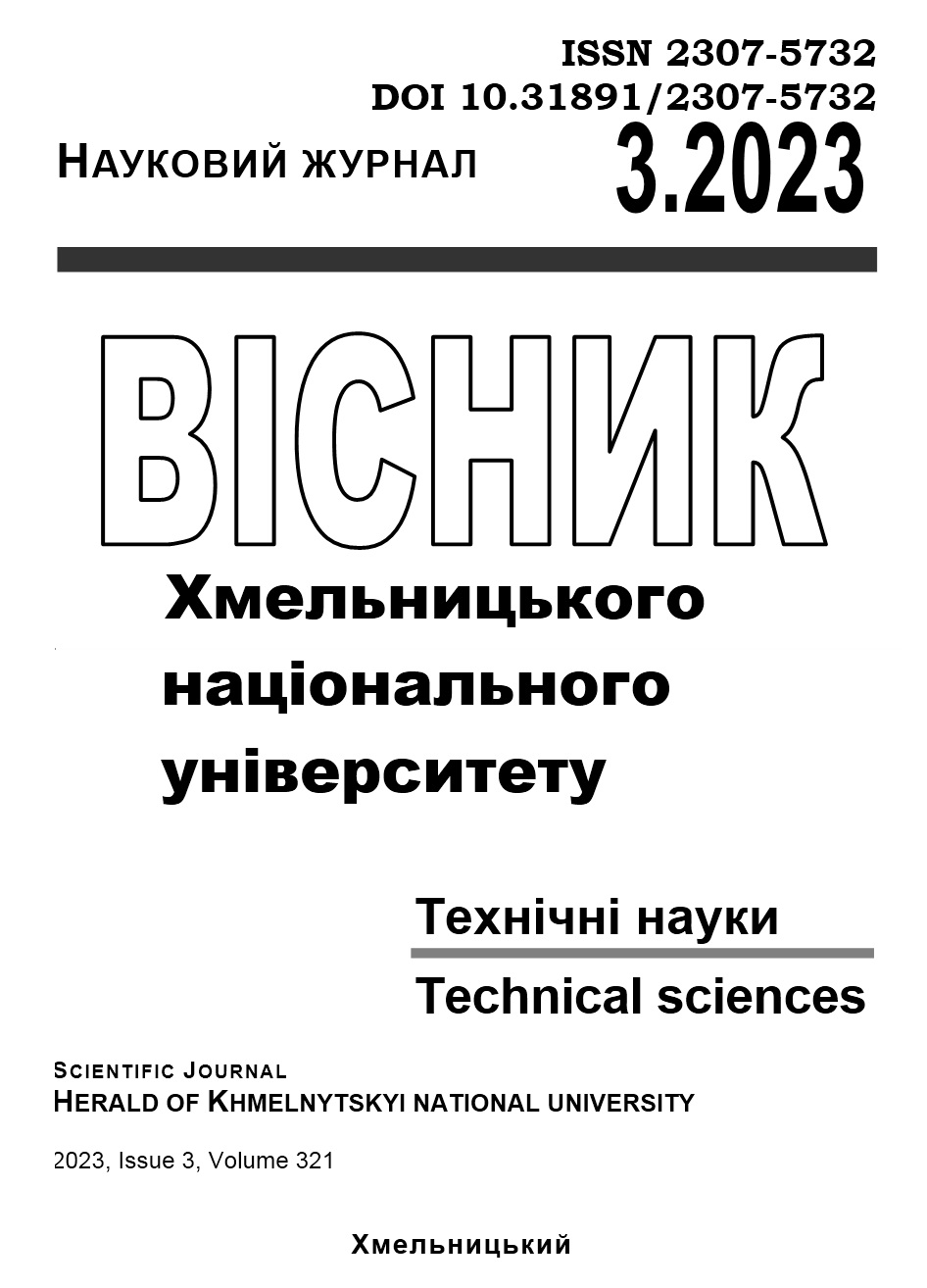ANALYSIS OF TRANSIENT PROCESSES IN THE ADAPTIVE HYDRAULIC DRIVE OF THE STEM FORAGE UNLOADER
DOI:
https://doi.org/10.31891/2307-5732-2023-321-3-199-209Keywords:
adaptive hydraulic drive, mathematical model, transitional process, hydraulic cylinder, hydraulic motor, variable load, pressure, consumptionAbstract
The issue of increasing the efficiency of the hydraulic drive of the stalk fodder unloader in conditions of instability of the parameters of the fodder array and variable technological load on the working bodies is considered. It is noted that almost all agricultural technological machines and equipment mainly use manual control of power and kinematic parameters of the technological process, and the existing adaptive control in such machines and equipment is either absent or uses special, complex adaptive systems.
It is noted that in most cases, the methods of designing hydraulic drives of the working equipment of loaders are based on the consideration of flat calculation schemes. As external loads, the ultimate static force, or the force corresponding to standard working loads, is considered.
The study of transient processes associated with a sharp increase in the load on the working equipment during intensive deepening of the working equipment shows that dynamic efforts can exceed their static level by 1.2–1.5 times. A similar peak load leads to similar overloads of the hydraulic drive.
Thus, the process of forming loads acting on the working equipment of machines during technological operations is complex in nature.
The conducted analysis showed that the creation of drives of machines and equipment with certain adaptive capabilities is possible based on the principles of internal differential connections of the elements of their structure. The purpose of the adaptation process of the hydraulic drive module is to stabilize the variable technological load on the working body and coordinate the movement parameters of the working body of the technological machine: the main movement and the feed movement.
As a result of the analysis of the transient processes obtained during the computational experiment, it was established that with certain parameters of the adaptive hydraulic drive of the stalk fodder unloader, it works stably, and with some, unstable modes of operation appear, which leads to fluctuations in pressure, speed, and supply. Vibration processes may appear that may interfere with the performance of functional capabilities.
The relevance of this type of research at the initial stage is indicated, which will allow to significantly expand the range of engineering research during design, and also contributes to a significant reduction of the volume experimental work with proving devices on a test bench, which in turn leads to a decrease in material costs for the development of new hydraulic systems.
Downloads
Published
Issue
Section
License
Copyright (c) 2023 ВОЛОДИМИР РУТКЕВИЧ, СЕРГІЙ ШАПОВАЛЮК (Автор)

This work is licensed under a Creative Commons Attribution 4.0 International License.

